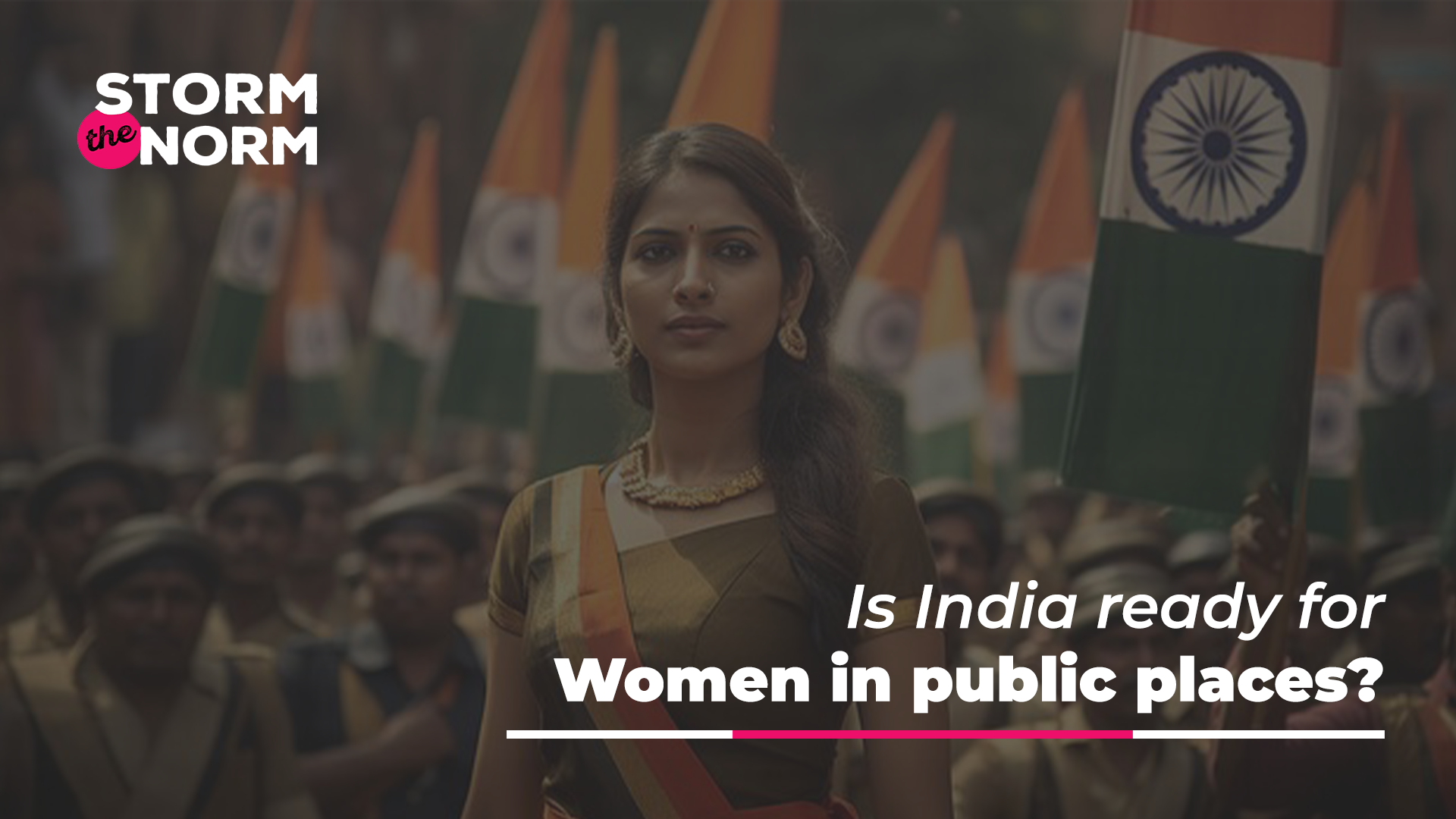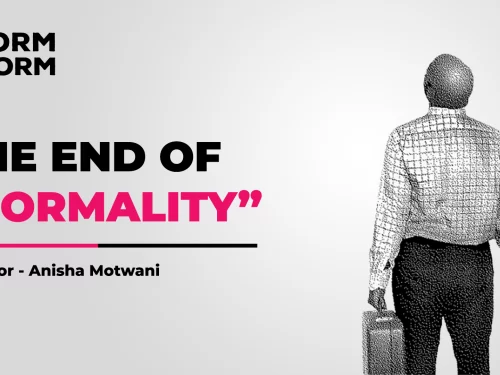
It’s not just about safety. The fact is that public infrastructure is not keeping pace with women’s emancipation, with improvements in gender equity, with the strides that women are making in every sphere of public life.
Recently, taking off from the airport in Bombay, it was frustrating to see that while there were some half-dozen security check-points for men, there was only one for women—and this, even though there were at least half as many women than men (which means, there should have been one queue for women for every two for men). Everywhere, from passport offices to cinema halls, women’s queues are lengthening as service points are hogged by men, either because there are more such windows for men or simply because the men jostle their way forward.
More women are venturing out of the homes—with higher learning, accomplishing more in jobs and professions, shouldering more of the family’s financial and other burdens, driving children to school, travelling on official assignments, handling financial decisions and meeting with tax lawyers, shopping for the household….
In metro and local suburban trains, the number of spaces reserved for women in no way match the number of women out commuting to work. No doubt, the commuter facilities are limited for all, for men and women, but the proportionate facilities, based on gender, remain skewed.
The same holds true for public sanitation facilities; where these exist, they are generally in bad condition. So where can women commuters, the women vegetable vendors or women salespersons seek relief? Or must they accept the inevitability of kidney problems?
Women cannot have access to parks without fear, walk freely on streets after dark, even take buses or taxis home after an evening out with friends without anxiety. Is the age of chaperoning coming back with a bang?
Is, then, all talk of education for girls a sham? Is the fight for women’s equity at home and at the workplace to remain just that—in closed spaces, and not in the outdoors, in public spaces? Is she to remain merely a worker and a householder, not someone entitled to enjoy the parks, the theatres, the cinemas and malls, restaurants…? Is she not entitled to go on camping trips, picnics, holidays to distant or remote lands?
Time and again, questions have been raised about infrastructure for women. The question posed here, today, is this: Is society ready to accept women in public life? If yes, then the evidence of this would be to accord infrastructure that supports their participation in public life—not only more pubic sanitation for women, but also washrooms that are designed to accommodate their special needs, staircases at railway stations that take into consideration that women wearing sarees would find it easier to use gradients rather than steps (and, of course, so would everyone pulling luggage!), and more reserved compartments and security services. In some instances—such as the high step between railway platforms and the entrance to the train compartment or the high step into an auto-rickshaw—this lack of sensitivity to women’s particular needs can be downright dangerous, and has, in fact, occasionally proved life-threatening.
Corporate organisations today have special cells to address women’s grievances and safety concerns, and deal with harassment; but civic bodies seem oblivious to changing gender dynamics, to the fact that women are shouldering the city’s (and the village’s) economic burden in public life about equally with men. They seem unaware of the fact that there as many women commuting, on the streets, attending to various social needs—from commercial activities to political, cultural and social—as men, and that this must be acknowledged through the provision of necessary support structures.
The emphasis today is on a false protectiveness; what women need, as do men, is considerateness— a considerate attitude that is sincere and, therefore, serious.




